"The way the lens renders out of focus points of light".
Bokeh is something that can either make or break your photo..theres a time and place for it, and some photos just look better without it.
But bokeh is something that is pretty much all what you personally like. What you think is good, someone else might think is bad.
An example of bad bokeh (in my opinion) would be something thats kind of busy and distracts from the subject of the photo, the photo isnt balanced.
An example of good bokeh would be something that adds contrast, its appealing on the eye, and emphasizes the subject. It should create good balance.
Heres how to achieve the effect.
Its really simple..large aperture and low f-stop.
Shutter speeds lower than like 1/60 will start to sort of blur the lights together (you might want that look, but I think its more appealing to have small round sharp circles)
If the image is too dark with that shutter speed trying upping the ISO.
You wanna get close to your subject, and have the background further away.
The further away the more blurred the background will be.
Lights in the background like streetlights or a distant city creates an interesting bokeh, but if the entire background is light up it kind of ruins the effect.
To create an entirely bokeh shot with no subject go into manuel focus.
Heres some examples of bokeh shots Ive taken:
(these were some christmas lights hung in the background)
To get the streaked effect I simply moved the camera while taking the picture.
This is a classic bokeh of christmas lights, no subject, just bokeh.
Another shot where I moved the camera, this time in a squiggly motion after holding for a second in one spot, this created a overexposed dot then a stream of light.
These two are some christmas lights hung up on the wall and a jar placed close to the camera. You can see the one on the left is perfect bokeh, whereas the one on the right is fuzzy and the lighting is off.
Another classic bokeh.
Here is a good example of a bokeh where the subject is in perfect focus and the background is out of focus, creating little circles of color from the lights.
And another example of that.
And here are some outdoor bokeh shots (where the background is very blurred, but not necessarily from lights)
You can see here the subject is in focus, but the flowers in the background is out of focus, creating interesting contrast and a secondary subject point.
Here I blurred the background to add contrast to make the subject pop.
And another shot where the subject is in focus, if the background were to be in focus here you would lose the subject, it would be too busy and look kind of messy.
The more you mess around with your settings and practice shots the easier it will be to recognize when to use the bokeh or blurred background effect.
Remember: dont be afraid to experiment, think outside of the box, and most of all have fun!
Keep on shooting :)
Disclaimer: All photos are mine, unless otherwise stated. All opinions are my own. No monetary exchange occurred in exchange for this post.



.jpg)

.jpg)





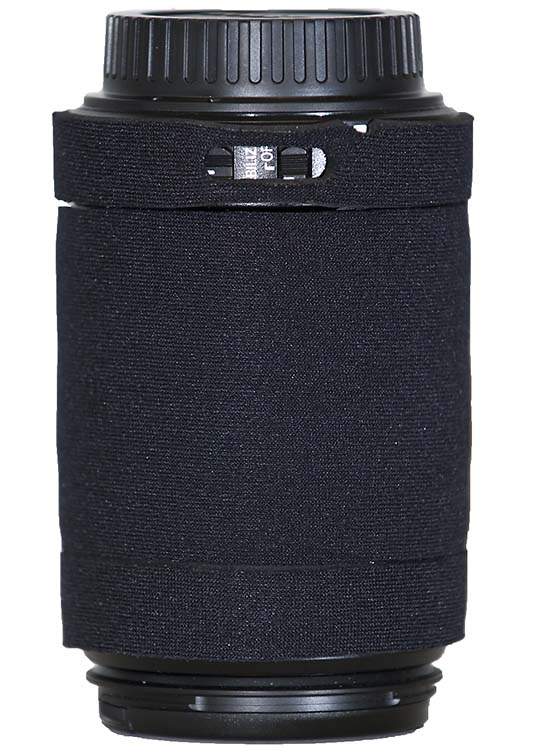
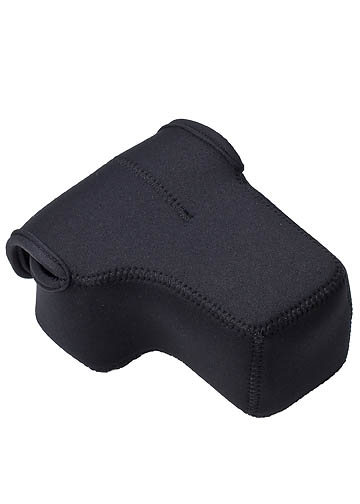
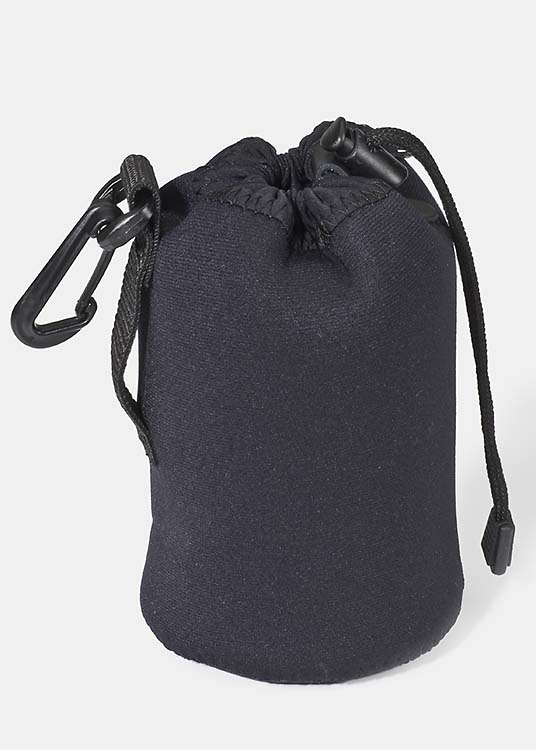
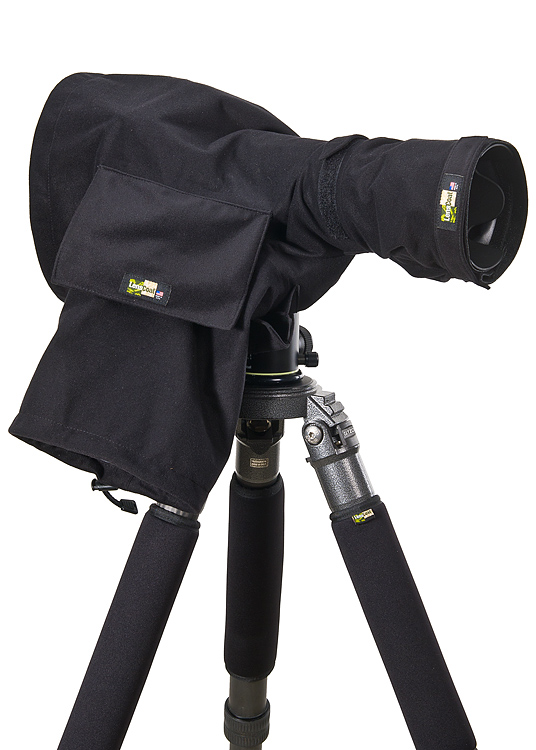
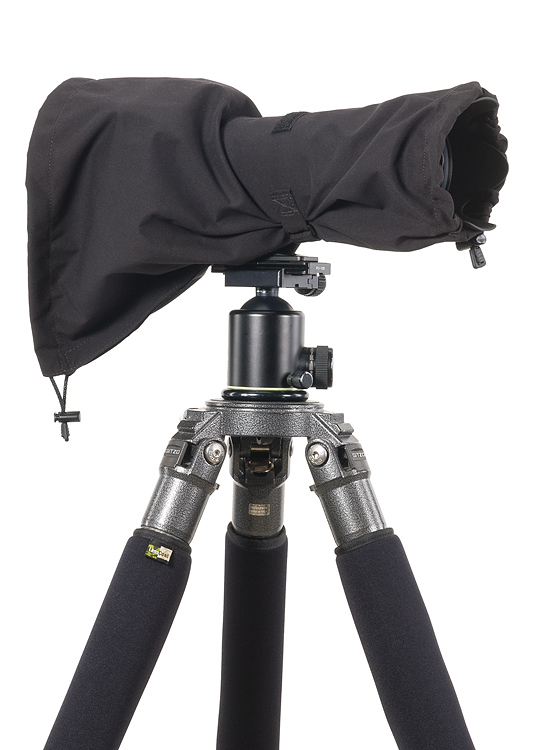
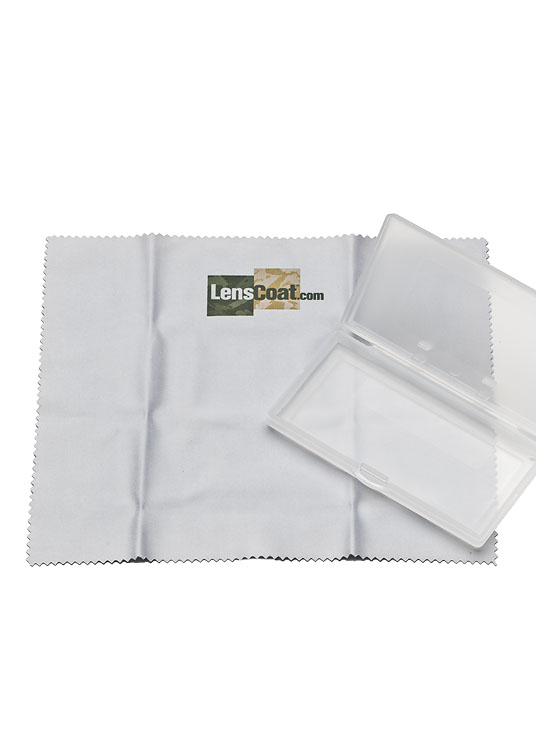






.jpg)



























